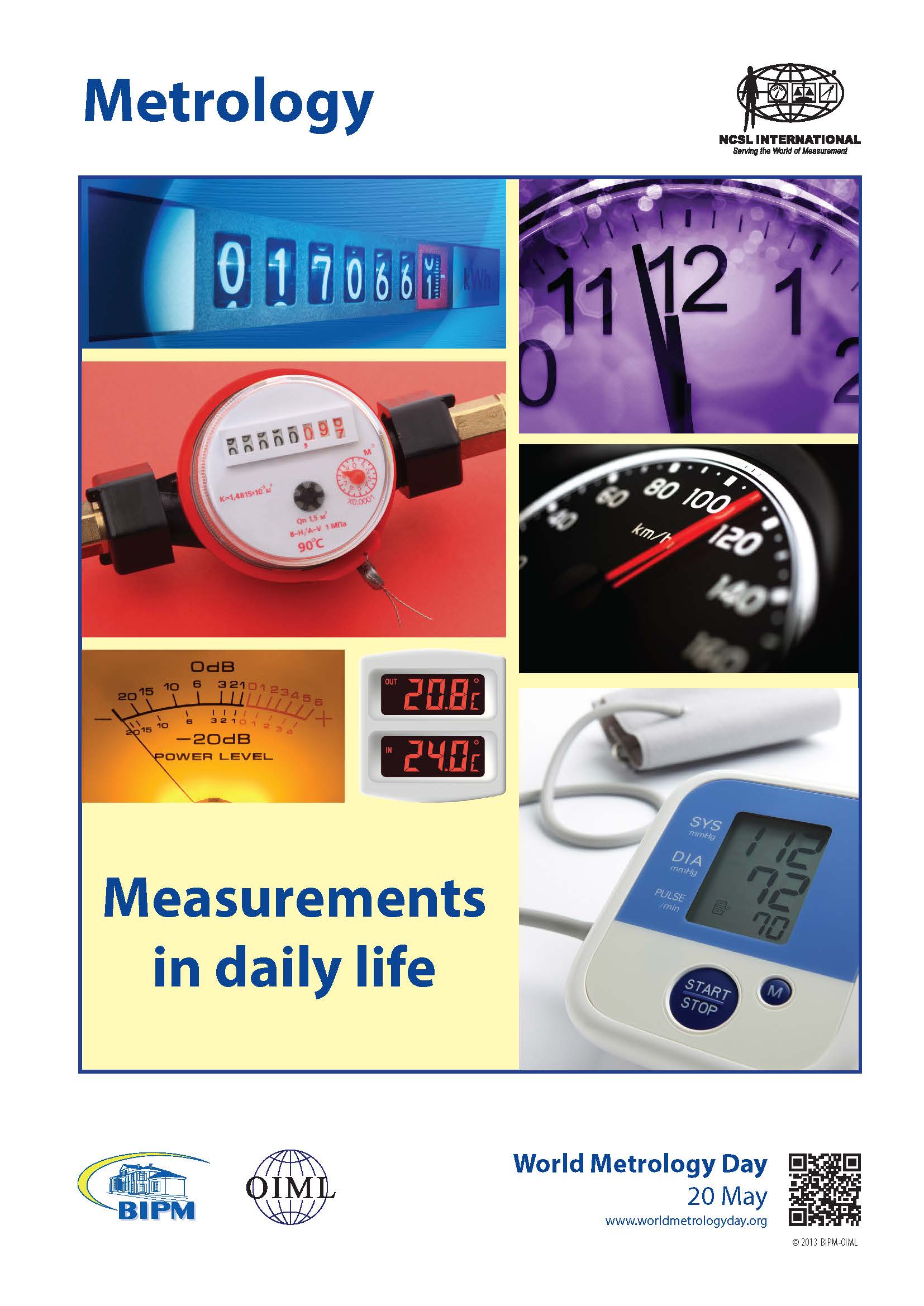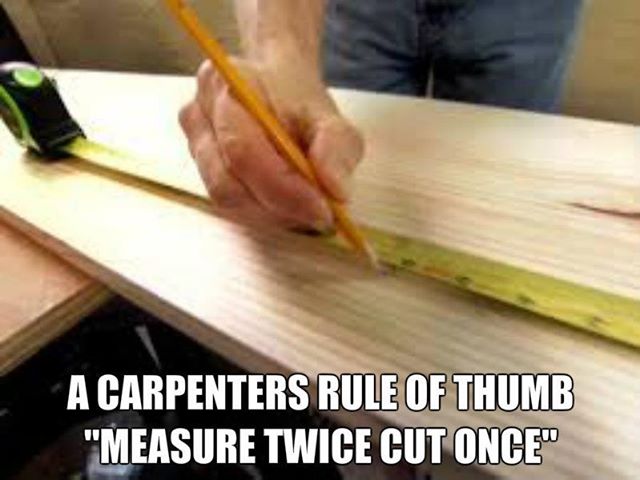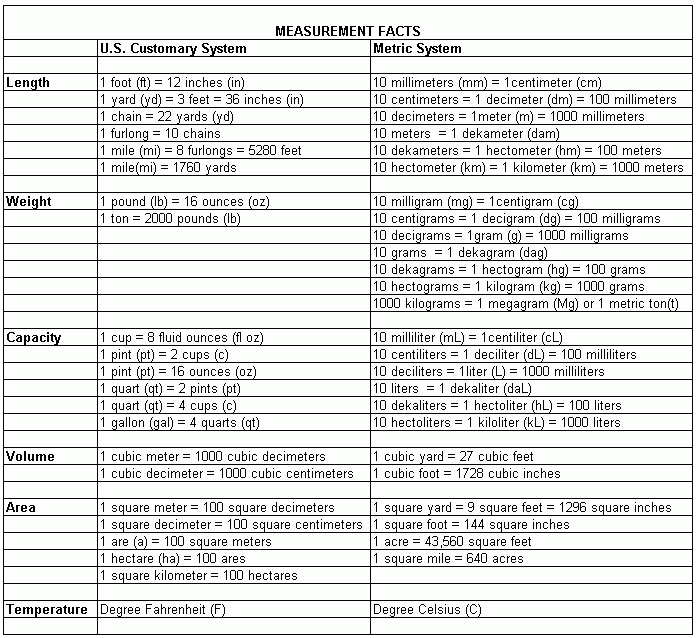Comments Off on Capturing the Measurements of Our Lives
Capturing the Measurements of Our Lives
Posted by Lior Weinstein on Monday, May 20th, 2013
You are driving from New York to Toronto. It’s 492 miles. Once you cross the border that would be 757 kms. It is a comfortable 77 degrees Fahrenheit when you leave your home. In Toronto the weather feels the same, but it is 25 degrees Celsius. If you’re confused about these measurements, keep reading to learn about World Metrology Day.
Metrology is simply the science of measurement. We use weights and measurements every day: in cooking, when we buy gas, when we look at the speedometer as we see a police car in our rear view mirror.
We use them when we stand on the scale and then start measuring our calories to control those other weighty numbers. We mark that spot on the wall to see how much our children have grown.
Some of us use weights and measures in our jobs: scientists of course, but all kinds of people from house painters, carpenters, to tailors and teachers.
The International Bureau of Weights and Measures was created on May 20, 1875 to ensure that there is a global uniformity of weights and measures, knows as the International System of Units or Système International. The organization is headquartered in France.
The organization is also known as the Bureau international des poids et mesures (BIPM) and has the authority of the Convention of the Metre. This is a diplomatic treaty between fifty-five nations.
Most countries also have their own bureau of weights and measures. It’s interesting to know, but all information is not going to help you keep track of those measurements when you are building that garden shed or figuring out whether you should bring a jacket on your trip to Canada.
If you work with a lot of measurements, you need a good system to keep track of all of those numbers you’ve collected with your tape measure.
As the rule of thumb goes in carpentry, measure twice cut once. Measure twice and document those numbers right away. Sure, you can write them on the back of a napkin, but you will probably lose it. Even if you keep your measurements in a notebook, you should still use Excel to build a spreadsheet. That way you can also do your calculations to determine how much product you need.
By using a PDF to Excel converter you can increase the effectiveness of your spreadsheet.
If you are a professional chef, or even a home cook, you can make a list of ingredients, calculate how much you will need depending on the number of servings, and figure in the cost of each portion. With a PDF to Excel converter you can convert your receipts from your food purchases to assist you in menu planning and budgeting.
There are many businesses that sell their product by weight. You definitely need to keep your eye on the pounds and ounces.
If you travel for business, this is a great way to calculate your expenses. You may be paid a per diem for food and also for your mileage. Your boss is going to want to see receipts and a report on any additional expenses, such as that business lunch where the client ordered the most expensive item on the menu – a 24 ounce steak.
Measurements don’t lie. You may want to tell yourself that your feet are a size seven, but those cute summer sandals won’t look or feel good when your size nine feet are squeezed into them.
There are online converters that can help you calculate all those figure if you are conducting business or traveling in other countries that use the metric system. How often have you taken the wrong measurements or forgotten to write them down? One wrong measurement can ruin a project or a recipe. Don’t let weights and measurements rule your life.


 1-855-552-6464
1-855-552-6464











